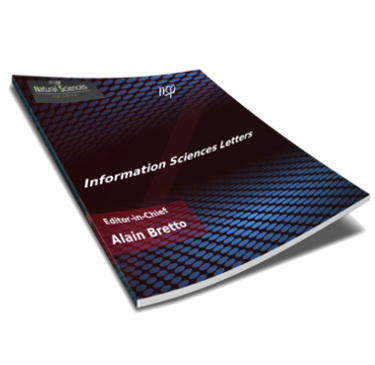
Information Sciences Letters
Abstract
This study aimed to investigate the dynamics of virtual audience interaction on social media platforms, specifically Facebook and YouTube. Additionally, it sought to identify the characteristics of the mobile audience in the digital environment and understand the reasons for audience engagement in the digital space. To achieve these objectives, a descriptive methodology was employed, analyzing both verbal and non-verbal language used in audience interactions. The survey method, using content analysis, was the primary approach utilized, leading to the following key findings. The study analyzed the topics covered in selected trending episodes and assessed audience sentiments towards these topics. The research revealed that colloquial language (45.1%) and standard Arabic (41.7%) were the most prevalent verbal languages used in comments, with a minor proportion (13.1%) utilizing mixed classical and colloquial Arabic. Additionally, non-verbal communication played a significant role, with symbols being the most frequently used form (80.6%), then images (10.9%), and videos (8.5%). Politics held the largest share of the topics discussed in the Trending" episodes at 23.8%, then sports, the arts, and health, each at 14.3%. Social and religious topics closely followed, with 9.5% each. Audience interaction with the topics leaned predominantly towards positivity, accounting for 56.9%, while negative reactions constituted 36.3%, and neutral responses represented 6.8%. In conclusion, the study highlights that the virtual audience is a dynamic entity, engaging across various platforms and expressing themselves through diverse linguistic styles and emotional responses.
Recommended Citation
K. Nagmeldin, Faisal and M. Osman, Ghada
(2023)
"Dynamics of Interactive Audience in The Digital Environment: An Analytical Study with an Application to The BBC Trending Program,"
Information Sciences Letters: Vol. 12
:
Iss.
11
, PP -.
Available at:
https://digitalcommons.aaru.edu.jo/isl/vol12/iss11/12

